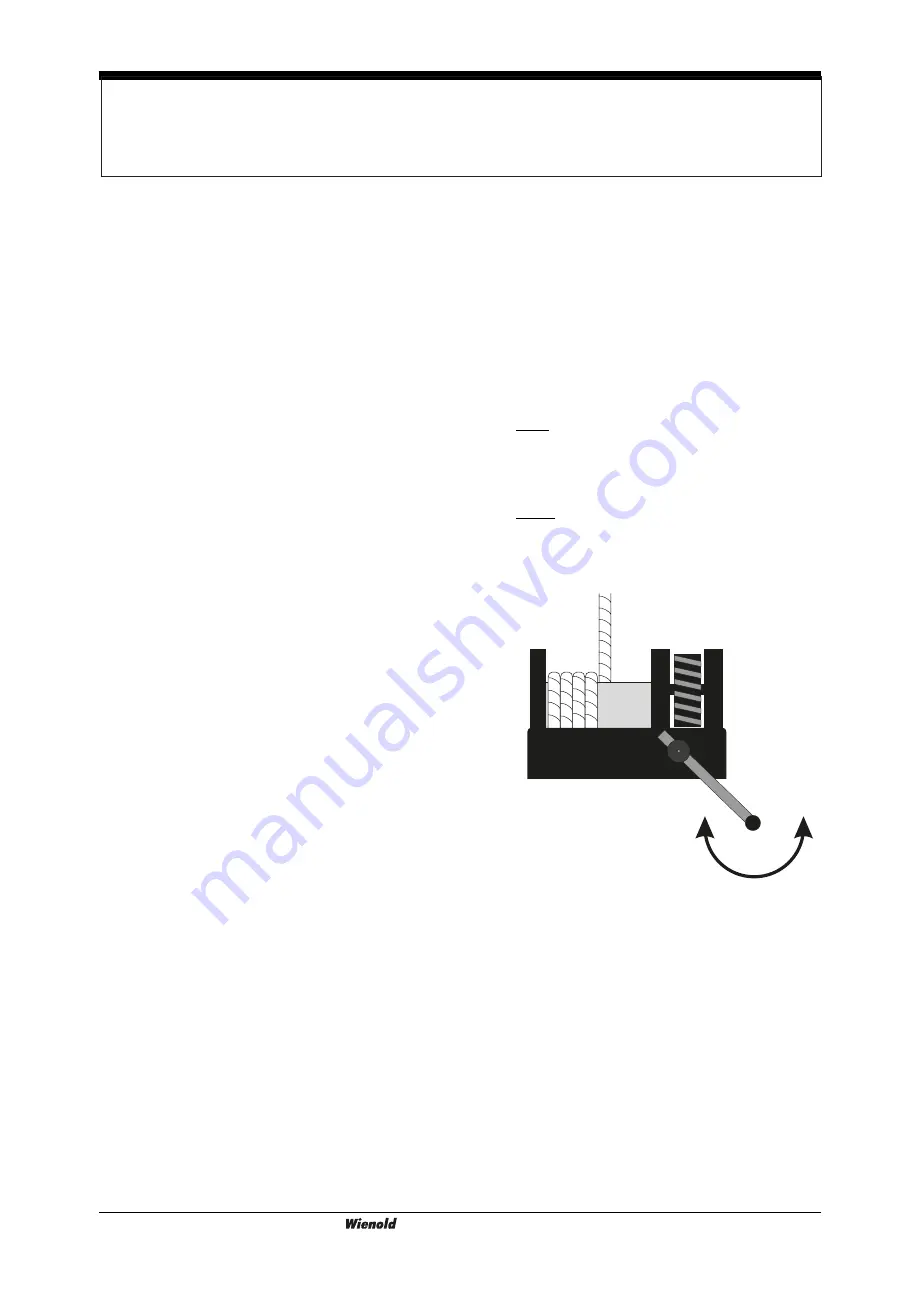
Moving the loaded lift
An extended lift may only be moved when not loaded.
Moving a raised load has to be restricted to positioning
for loading and unloading.
Moving a lift with a raised load should only occur as a
last resort. In such a situation the following safety
regulations must be obeyed:
1. Lower the load as far as possible before
moving the lift.
2. Make sure the area is flat and free from obstruction.
3. Ensure the load is centered on the loading
accessory.
4. Ensure the load is secured to the loading
accessory.
5. Avoid sudden stops and starts.
6. Keep personnel at a safe distance from the
lift and the load.
After Each Use
Follow the set-up procedure in reverse order to prepare
the lift for storage or to convert it into its transport position.
Select a safe storage location with a firm level, weather
protected surface and clear of obstructions and traffic.
Operate
the lift on firm and level ground only. Perform a pre-operation function test and convert the lift to
the operating position as described in the section headed “Installation“.
Ensure that all safety brakes on the swivel casters are engaged when working with a load.
Raising and lowering loads
1. Place the load in the centre of the loading accessory.
Also refer to section “load capacity charts“!
2. Secure the load on the loading accessory.
3.
Raise
the load by turning the crank handle on the
winch clockwise (
to the right
). Maintain a firm grip
on the crank handle.
4.
Lower
the load by turning the crank handle on the
winch anti-clockwise (
to the left
). Maintain a firm grip
on the crank handle.
Winch brake is locked automatically
when you stop cranking.
During raising and lowering make sure that the cable
tension remains constant and that the cable winds
evenly around the cable drum.
Glass and Material Lift
GML 800+
Raising
Lowering
Raising and Lowering with a manual Winch.
Operating the worm gear winch on M-Models.
40
Operation Manual
GML 800+
GML 800+











































